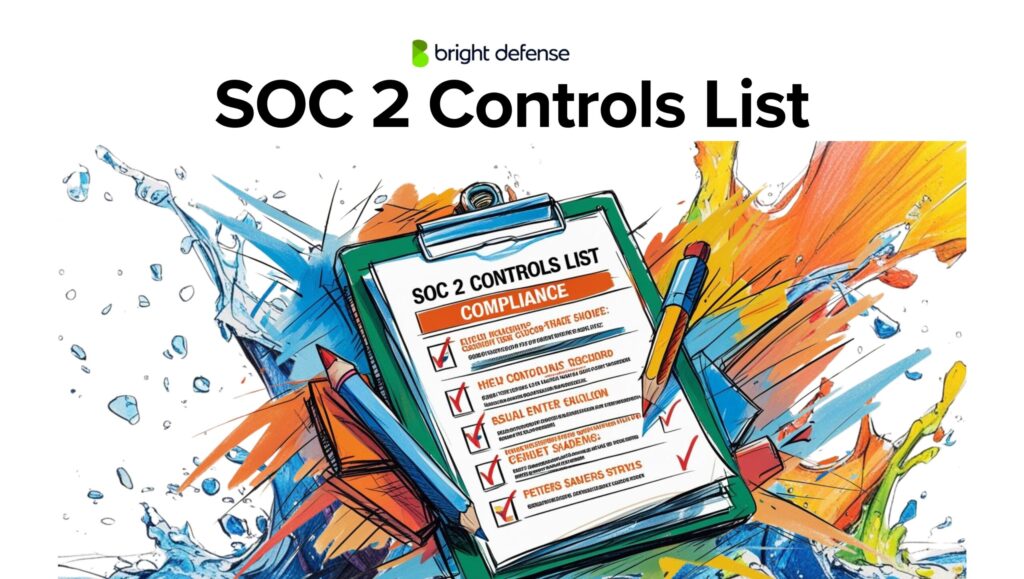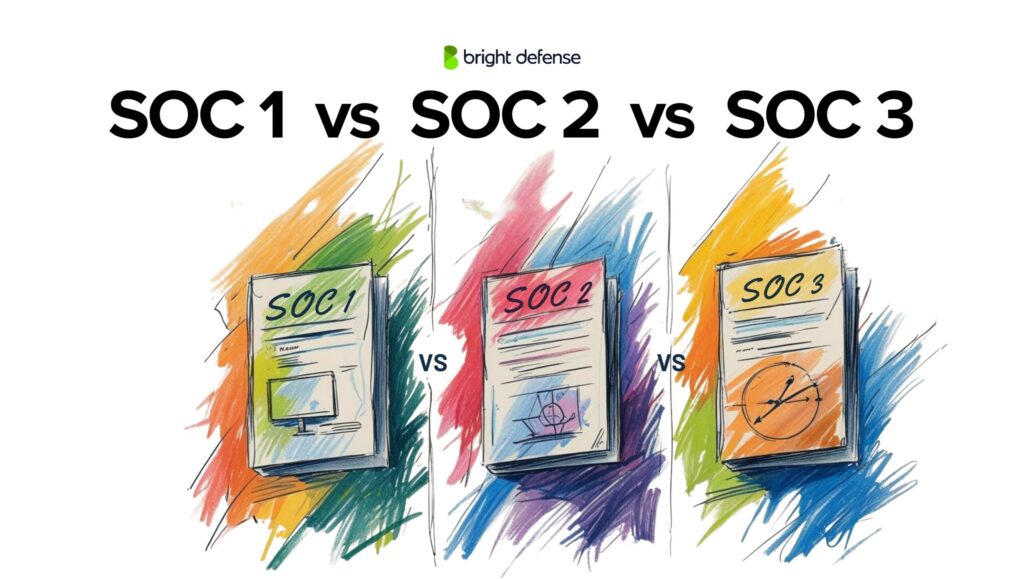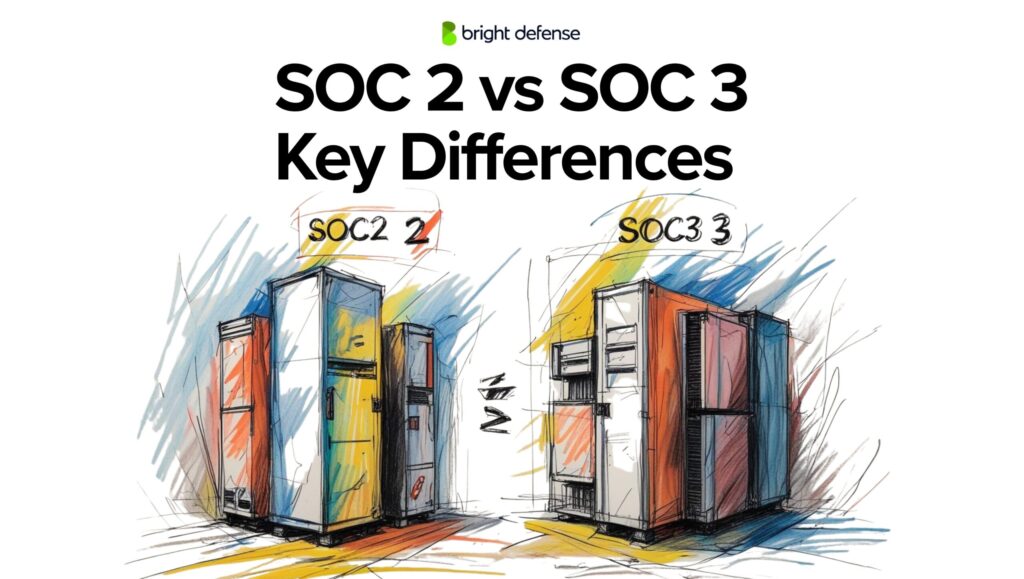
John Minnix - Compliance Strategist
June 28, 2025
SaaS Compliance Explained
Software-as-a-Service (SaaS) solutions have revolutionized how businesses operate. SaaS platforms are becoming the preferred choice for companies, with benefits ranging from cost-efficiency to scalability. Unfortunately, SaaS applications have become a popular attack vector for hackers. 55% of companies have experienced a SaaS security incident, according to Security Magazine.
If you are a SaaS provider, understanding SaaS compliance is critical for data security and risk management. This article provides a deep dive into SaaS compliance including:
- Examining the importance of compliance for SaaS providers.
- A comprehensive Saas compliance checklist.
- Exploring the benefits of continuous compliance for SaaS.
- How Bright Defense delivers continuous compliance solutions.
The Importance of SaaS Compliance

The United States has approximately 18,000 SaaS companies. The average company between 3 and 6 years old uses 103 SaaS applications. Many of these are unmanaged by IT. According to the “SaaS Security Survey Report,” only 7% of respondents have security measures in place to monitor their entire SaaS stack. 68% say they monitor less than half of their SaaS applications.
SaaS applications often house vast amounts of sensitive information, from financial records to personal details. Due to their cloud-centric architecture, many vulnerabilities can expose SaaS platforms, from misconfigured storage settings to insufficient encryption protocols. Unfortunately, 61% of cyberattacks in a 2023 Rubrik study affected SaaS applications. This makes SaaS the most targeted platform.
Furthermore, the interconnected nature of many SaaS solutions, integrating with various other platforms and services, can amplify potential entry points for malicious entities. This, combined with the often multi-tenant structure of SaaS environments, where data from multiple clients coexists, makes them a lucrative hunting ground for attackers.
SaaS compliance means ensuring that providers adhere to specific regulatory and industry standards related to data protection, security, and operational best practices. It’s about maintaining trust and ensuring that SaaS offerings meet both legal requirements and customer expectations.
Compliance frameworks like SOC 2, HIPAA, CMMC, NIST, and ISO 27001 serve as guiding lights for SaaS companies. They offer structured approaches to fortify SaaS platforms against vulnerabilities, ensuring data protection and operational integrity. Aligning with these standards mitigates risks and signals to employees, customers, and investors your unwavering commitment to data security, privacy, and operational excellence. In the competitive SaaS landscape, such adherence to compliance isn’t just about risk mitigation. It’s a potent differentiator, underlining a provider’s dedication to excellence and trustworthiness.
The Benefits Continuous Compliance for SaaS Companies

Continuous compliance is an approach that emphasizes the perpetual commitment of an organization to adhere to both regulatory standards and internal policies. Unlike traditional models, which might rely on periodic checks and validations (typically conducted annually or quarterly), continuous compliance pivots towards real-time monitoring, immediate feedback loops, and prompt remediation.
SaaS environments are inherently dynamic. Frequent software updates, the rollout of new features, and shifting infrastructure frameworks are the norms. Continuous compliance ensures that compliance standards are always up to date and meet the SaaS companies’ needs.
Moreover, in the realm of cyber threats, time is of the essence. These threats don’t operate on predictable timetables. Their sporadic nature necessitates a compliance strategy that’s always on guard. Continuous compliance offers just that—a vigilant eye that monitors in real-time, ready to flag potential breaches or vulnerabilities the moment they surface.
Lastly, the realm of SaaS is built upon the bedrock of customer trust. Clients entrust SaaS companies with their data, operations, and often, the very backbone of their business processes. They anticipate not just periodic assurances but consistent, unwavering data protection and service reliability. Continuous compliance doesn’t just offer these assurances on paper—it enforces and reaffirms them every moment, reinforcing the bedrock of trust and reliability upon which SaaS ecosystems thrive.
Common Compliance Frameworks For SaaS Providers
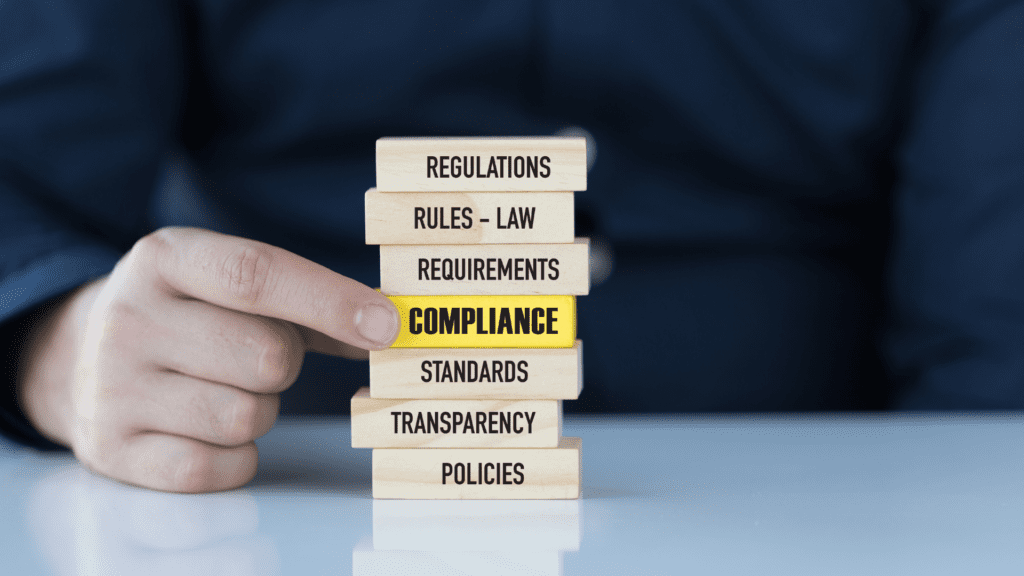
Let’s explore a few of the compliance frameworks popular with SaaS providers.
SOC 2
SOC 2, or System and Organization Controls 2, specifically caters to software companies and other service organizations. It emphasizes internal controls related to security, availability, processing integrity, confidentiality, and privacy of a system. By adhering to SOC 2 requirements, SaaS providers send a clear message to their clients and stakeholders about their commitment to maintaining high standards of security and privacy.
HIPAA
HIPAA, or the Health Insurance Portability and Accountability Act, comes into play for SaaS providers that deal with healthcare providers in the United States. As a federal law, it outlines stringent security and privacy standards for the protection of medical information. For any SaaS provider venturing into the healthcare space, complying with HIPAA is not just about meeting legal obligations, but it’s also crucial for ensuring the trust of healthcare institutions and patients, who prioritize adherence to privacy laws.
ISO 27001
ISO 27001 provides a holistic approach to information security. Adopted globally, this framework is not industry-specific, making it a versatile choice for a wide range of organizations, including SaaS providers. It encourages companies to develop an information security management system, which goes beyond just technical measures, encompassing organizational processes, people, and IT systems.
NIST
Lastly, the National Institute of Standards and Technology (NIST) offers guidelines that are revered for their thoroughness and practicality. While not a compliance framework in the traditional sense, NIST’s guidelines often complement other compliance efforts, offering a robust foundation for general data protection regulation and other security standards.
Comprehensive Compliance Checklist for SaaS Providers
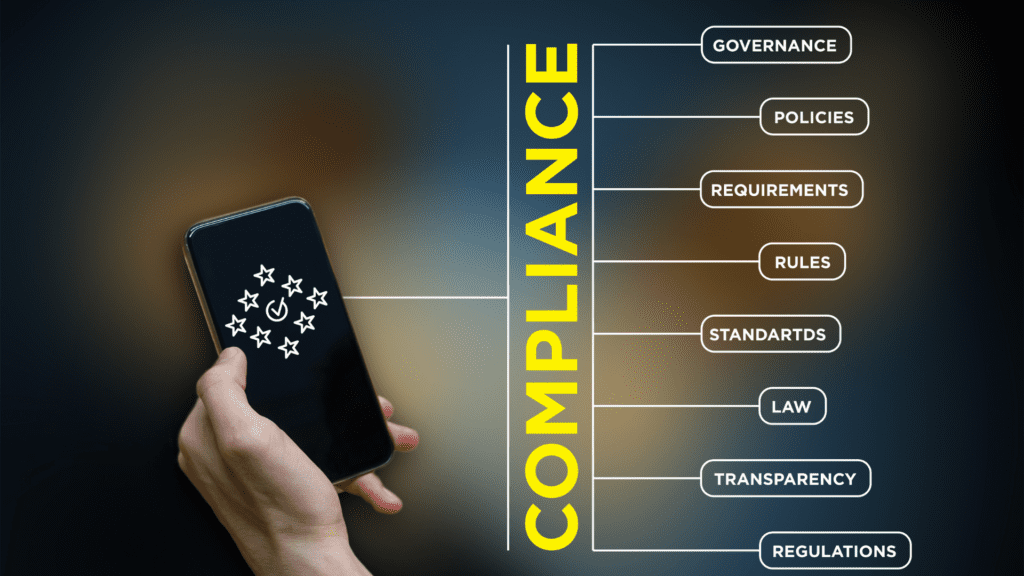
Navigating the compliance landscape can be complex, especially for SaaS providers juggling multiple frameworks legal requirements and mandates. This comprehensive checklist is designed to guide SaaS providers through the essentials of establishing and maintaining a robust compliance posture:
Initial Assessment:
- Understanding Goals and Applicable Regulations: Determine which regulations and compliance frameworks (e.g., SOC 2, HIPAA, CMMC, NIST, ISO 27001) are pertinent based on your business type, geographic location, and the kind of data you handle.
- Gap Analysis: Compare their existing controls against industry standards to identify any potential gaps or lapses.
- Risk Assessment: Identifying potential risks is the cornerstone of effective compliance. A thorough risk assessment helps in pinpointing vulnerabilities and understanding the potential impact they might have on business operations and data security.
- Stakeholder Involvement: Involve all relevant departments in stakeholder involvement to promote comprehensive organizational alignment on compliance objectives.
- Policy Generation and Implementation: After understanding where the gaps and risks lie, SaaS providers should proceed to draft clear, robust policies that align with compliance requirements. Implementing these policies should involve training sessions for staff, clear documentation, and periodic reviews to ensure relevancy and effectiveness.
Infrastructure & Data Security:
- Encryption: Enforce strong encryption protocols for both data in transit and data at rest.
- Access Control: Clearly define user roles and permissions, ensuring restricted access to sensitive data.
- Regular Security Audits: Implement routine security audits to detect and mitigate vulnerabilities.

Operational Practices:
- Incident Response Plan: Formulate and periodically revise a plan that outlines the course of action during a security breach or incident.
- Vendor Management: Thoroughly assess third-party vendors to ensure their compliance standards match yours.
- Logging and Monitoring: Initiate continuous logging and instantaneous monitoring for swift anomaly detection.
- Patch Management: Regularly update software and applications to fix security vulnerabilities and enhance overall system performance.
- Access Control Measures: Implement robust mechanisms to ensure that only authorized individuals can access sensitive information. This includes multi-factor authentication, role-based access, and regular access reviews.
Employee Training & Awareness:
- Regular Training Sessions: Ensure team members are routinely briefed on compliance mandates and cybersecurity best practices.
- Phishing Simulations: Organize simulated phishing attempts to train employees in recognizing potential threats.
Documentation:
- Policy Creation: Formulate, examine, and consistently update essential policies like Data Privacy, Acceptable Use, and Incident Response.
- Maintain an Evidence Repository: Systematically store all compliance-related documentation, preparing for audits and evaluations.
- Business Continuity Planning: Every SaaS provider should have a clear plan that details the steps to be taken in the event of operational disruptions. This plan should encompass everything from natural disasters to cyberattacks, ensuring that services remain available and data integrity is upheld.

Certification & Reporting:
- Engage External Auditors: Occasionally engage with third-party auditors for an unbiased assessment of compliance.
- Certification Renewal: Stay abreast of certification renewals, guaranteeing continuous compliance validation.
Transparency Reporting: Regularly communicate compliance and security updates to stakeholders, fortifying trust and transparency.
Continuous Continuous Compliance:
- Feedback Mechanism: Establish channels for employees to report potential risks or compliance issues. Regularly communicate with stakeholders, including clients, about the measures being taken for compliance and security. This not only builds trust but also ensures everyone is aligned with the compliance goals.
- Periodic Reviews: Organize regular compliance evaluations, ensuring alignment with evolving regulatory norms.
- Technology Updates: Update software, tools, and security protocols in alignment with prevailing cybersecurity standards. Tools for automating compliance can be very useful for saving time and money.
- Regular External Audits: Periodic checks to validate the effectiveness of security measures and to detect vulnerabilities that may have gone unnoticed or have newly emerged.
It’s crucial to understand that while this checklist offers a comprehensive guide, the world of cybersecurity and the regulatory landscape is fluid. SaaS companies must be ever-vigilant, proactive, and adaptable in their approach to compliance.
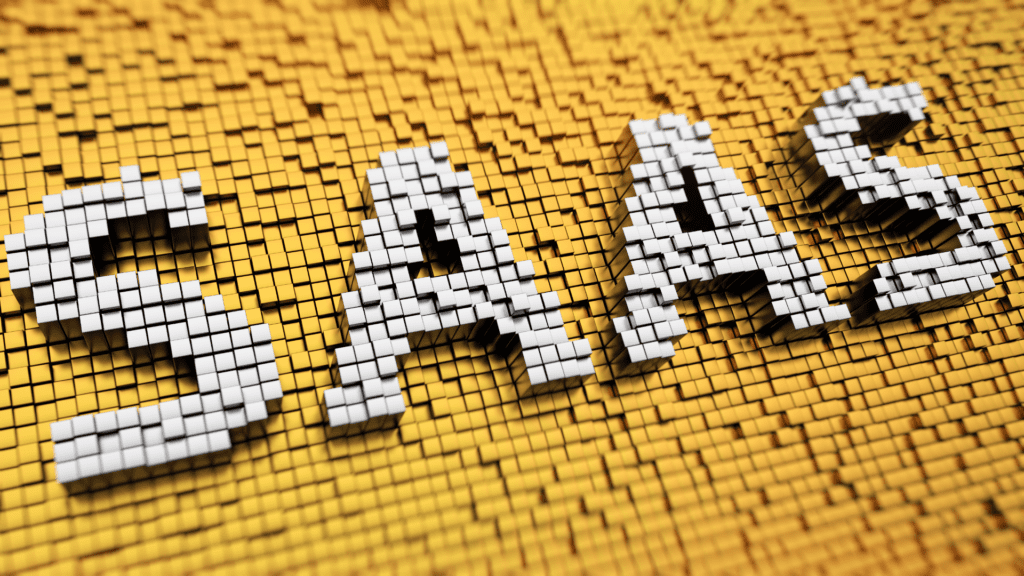
Conclusion
SaaS providers are at the forefront of innovation, but they also bear a great responsibility for ensuring data security for their customers. The significance of continuous compliance extends beyond regulatory checkboxes. It’s the cornerstone of trust, operational excellence, and business resilience. In ensuring a steadfast commitment to security and compliance, SaaS businesses shield themselves from emerging threats and position themselves as reliable, trustworthy partners.
Bright Defense Delivers Continuous SaaS Compliance
Bright Defense is protecting the world from cybersecurity threats through continuous compliance. With our monthly service engagement, our CISSP and CISA experts will develop and implement a cybersecurity program to meet compliance standards, including SOC 2, HIPAA, ISO 27001, NIST, and CMMC.
We automate your compliance journey with a managed compliance automation platform for all your frameworks. This allows continuous monitoring of your compliance status. We also offer managed security awareness training and phishing testing.
Get started on your SaaS compliance journey today with Bright Defense!
If you enjoyed this article, check out our article on MSP compliance.
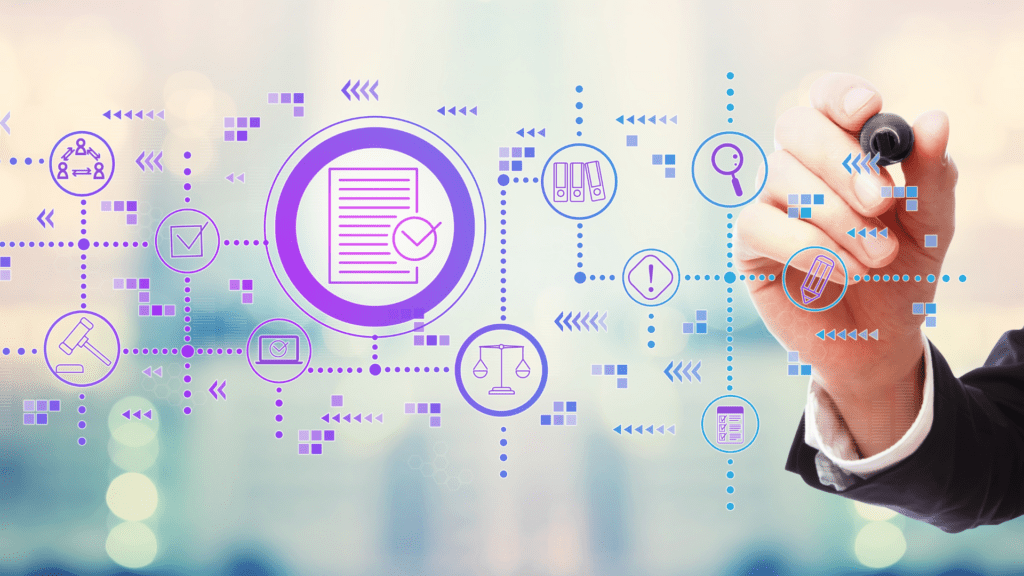
Frequently Asked Questions
What is SaaS compliance?
SaaS compliance refers to the practice of ensuring that Software-as-a-Service (SaaS) providers adhere to various regulatory and industry standards, focusing on various data protection laws, security controls, and operational transparency.
Why are security controls vital in SaaS compliance?
Security controls act as protective measures to guard against security risks and vulnerabilities. They are integral to ensuring that customer data remains confidential, and integrity and availability are upheld.
How do SaaS providers manage security risks?
Risk management is a continuous process for SaaS providers. It involves identifying, assessing, and mitigating risks that could compromise business operations or customer data.
Why is protecting customer data crucial for a SaaS business?
Customer data is often the lifeblood of a SaaS business. Its protection is not just about compliance; it’s about maintaining trust, ensuring business continuity, and avoiding legal and financial ramifications.
Who is typically responsible for SaaS compliance in an organization?
Usually, the chief compliance officer, along with a dedicated compliance team, oversees SaaS compliance requirements and ensures that the organization meets them.
How do businesses respond to security breaches or data breaches?
Upon detecting security incidents, businesses activate their incident response plans, which often involve isolating the affected systems, assessing the extent of the breach, notifying affected stakeholders, and taking corrective actions.
What role does the compliance team play in a SaaS business?
The compliance team ensures that the business operates within regulatory bounds. They conduct regular security audits, recommend improvements, and work alongside other departments to instill a culture of compliance.
How often should a SaaS provider undergo a security audit?
The frequency of security audits varies based on the industry, size of the SaaS provider, and specific compliance requirements. However, regular audits, whether annual or bi-annual, are recommended to ensure compliance and identify potential vulnerabilities.
What is involved in compliance management for SaaS providers?
Compliance management entails understanding SaaS compliance requirements, implementing necessary security controls, continuously monitoring and assessing risks, and making iterative improvements to security measures and operational protocols.
Get In Touch

